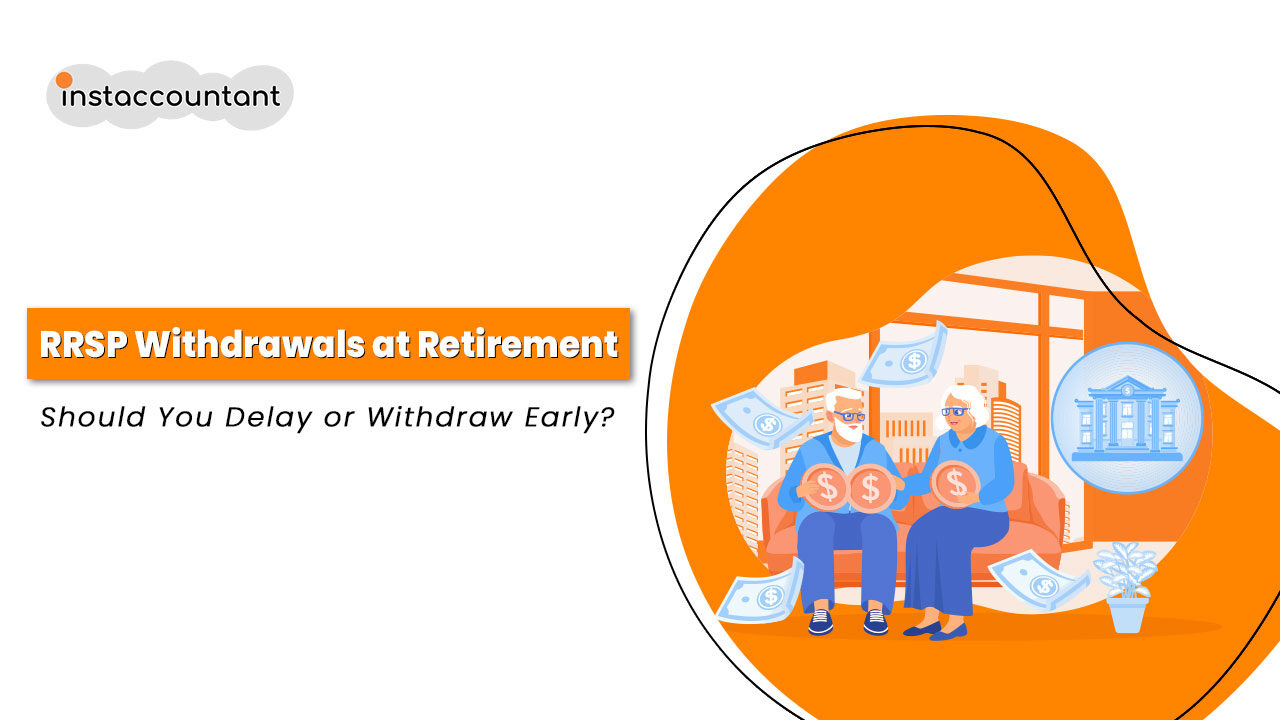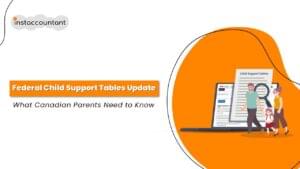The Registered Retirement Savings Plan (RRSP) is one of the cornerstones of retirement planning in Canada, offering a variety of benefits that include tax-deferred savings and tax relief in the first place. There is one benefit of RRSPs that seems to confuse most retirees, though – when to withdraw, especially considering that withdrawals from an RRSP are treated as taxable income. This could affect other benefits, too, like the Old Age Security (OAS) and Guaranteed Income Supplement (GIS), to which there do exist income thresholds that will have to be tended with care.
RRSP withdrawal timing depends on a blend of your immediate financial needs, tax considerations, and overall retirement needs. Two schools of thought exist for RRSP withdrawals: aggressive early withdrawal of resources or waiting until the age of 71 when it is required. Let us examine both approaches and decide the best method for you.
Two Main Approaches to RRSP Withdrawals: Aggressive vs. Conservative
When you retire, you can begin withdrawing funds from your RRSP, but you have some planning to do. Broadly speaking, there are two schools of thought:
- Aggressive Withdrawal Strategy (Take Out Early and Often)
- Conservative Withdrawal Strategy (Retain Withdrawals Until Age 71)
Camp One: The Aggressive Withdrawal Strategy
The first school of thought is to be aggressive by front-end loading RRSP holdings earlier, either prior to or shortly following retirement. This strategy relies upon two simple strategies:
1. Direct RRSP Meltdown
This entails withdrawing money directly from your RRSP and remitting the taxes immediately. The idea here is to drain the RRSP within the short term.
2. Leverage RRSP Meltdown
In this plan, you borrow an investment loan which enables you to withdraw RRSPs without necessarily attracting tax implications. You can postpone paying taxes, but it gives you the option of spending the money while postponing tax payment.
Advantages of Early Withdrawal
- Avoiding OAS Clawback: The most important advantage of early withdrawal is that you can control your taxable income to remain under the $90,000 limit for OAS clawbacks. That is, you will continue to receive your full Old Age Security (OAS) benefits.
- Eligibility for GIS: If you can manage to have low taxable income, you could qualify for the Guaranteed Income Supplement (GIS), which is an allowance that aids low-income pensioners. The GIS is a test income so that income at or below some threshold is necessary.
- Save on Estate Taxes: When you take money out of your RRSP early, you have less dollars to leave behind when you pass away. Because RRSPs are taxed so heavily at death, taking money out in retirement could lower the tax bill of your estate.
Disadvantages of Premature Withdrawal
- Withholding Tax: Withdrawals from your RRSP are subject to withholding taxes, ranging between 10% and 30% based on the amount of withdrawal. This can lead to a huge tax burden upfront.
- Missing Pension Credit: Taking out too much from your RRSP prior to age 65 means you miss the $2,000 pension income tax credit for those 65 and older, which can lower your taxable income and save you money.
- Risk of Overspending: Take out more from your RRSP and you will likely spend more in non-registered accounts, which may not always be invested in the most effective way for long-term growth.
Camp Two: The Conservative Withdrawal Plan
The second camp maintains that one must wait until RRSP mandatory conversion period (age 71) before withdrawing from the RRSP. Subsequently, RRSPs will need to be converted to a Registered Income Fund (RIF), and withdrawals become compulsory.
Benefits of Delaying Withdrawal
- Tax Efficiency: By not withdrawing money and withdrawing from tax-deferred investments such as a Tax-Free Savings Account (TFSA) or a non-registered account before an RRSP, you permit your RRSP to grow tax-deferred. This works to reduce your taxable income in the short term so you can enjoy tax-efficient investment gains.
- Growth in the Future: As your RRSP accumulates tax-deferred to age 71, delaying withdrawals allows your savings time to grow for a longer duration, potentially inflating your overall retirement nest egg.
- Protection of Assets from Creditors: RRSPs tend to be creditor-proof in times of financial troubles, unlike non-registered savings. This may provide peace of mind if you worry about judgments against your property.
Disadvantages of Deferring Withdrawals
- Higher Taxes in the Future: The more time you let pass before you touch your RRSP, the bigger the balance will be, and you may have larger minimums to take in the future. The withdrawals could place you in a higher tax bracket, and that alone could make your taxes much higher.
- OAS and GIS Impact: The larger the RRSP withdrawals in later retirement, the greater your taxable income, which could lead to OAS clawbacks and make you ineligible for GIS, cutting into the benefits of the government aid programs you’re receiving.
- Estate Taxes: A large RRSP balance at the time of your death will be taxed heavily, reducing the amount that is passed on to your heirs. Unlike TFSA assets, RRSPs are fully taxed when they are withdrawn or when the holder passes away.
The Balanced Approach: Where to Meet the Middle
The balanced approach has been advised by all finance professionals as the best way of reducing tax burden while achieving the highest retirement benefits. Rather than resorting to one extreme of early or late withdrawals, opt to withdraw a low percentage of your RRSP to remain in lower tax status and use other money such as your TFSA or your non-registered savings to satisfy your need for income.
Example Case Study: A Balanced Approach in Action
Consider a 65-year-old retiree with multiple sources of income including the Canada Pension Plan (CPP), OAS, RRSP, TFSA, and non-registered investments. By withdrawing only enough from their RRSP to stay in the lowest marginal tax bracket, they can stay below the OAS clawback limit while still having tax-effective growth in their TFSA.
For instance, if their RRSP is $500,000, they can begin to withdraw a small amount annually to maintain their taxable income as low as possible so that they can still receive both OAS and GIS. The rest of their money will continue to grow tax-deferred in their RRSP. This approach remains tax-effective, prevents OAS clawbacks, and provides the family with a tax-effective estate.
Key Considerations When Planning Your RRSP Withdrawal Strategy
- Pension Income: If you are planning on relying on a pension income for some of your retirement, ensure you claim the $2,000 pension income tax credit by taking out a percentage of your RRSP at age 65.
- GIS Eligibility: Keep your income low enough that you remain eligible for GIS, which can be invaluable help in retirement.
- Long-Term Planning: Plan with a registered financial planner to project your needs and tax implications. Properly planned retirement will enable you to understand when and how much to withdraw from your RRSP, optimizing your retirement income.
- Estate Value: If you wish to pass on wealth to beneficiaries, take more of your RRSP in advance to reduce the tax on your estate.
Conclusion: Creating Your Optimal RRSP Withholding Plan
When to take money out of your RRSP is based on your individual financial circumstances, such as your sources of income, tax rates, and retirement objectives. Although there are pros and cons to taking money out early, as well as waiting, an optimized plan will yield the optimal outcome for retirement income and estate planning.
By sitting down with a financial planner and carefully weighing your choices, you can create a plan that suits you, maximizing your RRSP, minimizing unnecessary tax implications, and still living the retirement lifestyle you want.




